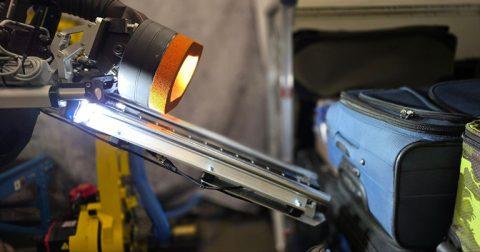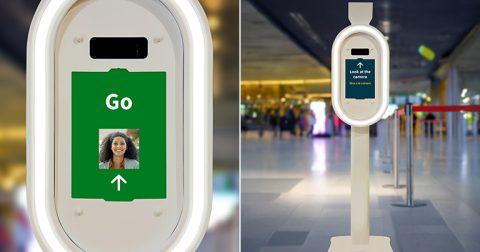
The EU Entry/Exit System (EES) is gradually being rolled out in European countries. Zurich Airport launched the system on 17 November 2025, supported by border control technology from secunet. This technology aims to ensure smooth connection to the EES, captures biometric facial images and automatically checks the identity of travellers. It also reduces waiting times at the counter by allowing travellers to enter their data in advance at self-service kiosks. secunet is providing similar support to the border control authorities of numerous Schengen states in the EES rollout, including Germany, Austria, and the Czech Republic.
The EES is the biggest innovation in European border control since the introduction of the Schengen area. All border crossings by third-country nationals will be biometrically registered in future.
“In a time of growing global uncertainty, the EES is making Europe safer,” said Marc-Julian Siewert, CEO, secunet. “I’m really happy that our advanced border control technology is contributing to this at important Schengen external borders such as Zurich Airport. As a leading provider of border management solutions, we have worked with authorities in various European countries to develop a robust, scalable platform that now ensures smooth EES-compliant processes with the highest security and data protection standards. The successful EES rollout with the Zurich Cantonal Police is an excellent example of this – and a milestone that could only be achieved thanks to the high level of commitment and collaborative spirit of all those involved. Together, we will also meet future requirements.”
The EES-compliant infrastructure at Zurich Airport comprises a range of solutions from the secunet border gears border control portfolio. These include secunet easygate ABC systems for automated border control, secunet easykiosk self-service kiosks, secunet easytower facial image cameras, the EES-compliant border control application secunet bocoa, and the central server component secunet easyserver, which connects the various components and communicates directly with the EU’s central EES. Some of the solutions were already in productive use at Zurich Airport and are now being gradually integrated into the EES context.
The introduction of the EES is part of the European Union’s Smart Borders Initiative. It requires third-country nationals to register with a facial image and four fingerprints at the land, sea and air borders of the Schengen area. The data is stored in the EU’s central EES. This will make it easier in future to determine when third-country nationals exceed the permitted length of stay and is also intended to prevent illegal entry into the Schengen area.








